Rising Incidence of Chronic Diseases
The Peripheral Intravenous Catheter Market is experiencing growth due to the increasing prevalence of chronic diseases such as diabetes, cancer, and cardiovascular disorders. These conditions often require long-term intravenous therapy, thereby driving demand for peripheral intravenous catheters. According to recent statistics, chronic diseases account for a significant portion of healthcare expenditures, necessitating efficient and reliable intravenous access. As healthcare systems adapt to manage these conditions, the need for advanced catheter technologies becomes paramount. This trend suggests that the Peripheral Intravenous Catheter Market will continue to expand as healthcare providers seek to improve patient outcomes through effective treatment options.
Expansion of Healthcare Infrastructure
The expansion of healthcare infrastructure is a crucial driver for the Peripheral Intravenous Catheter Market. As countries invest in improving their healthcare systems, the availability of advanced medical technologies, including peripheral intravenous catheters, is increasing. This expansion is particularly evident in emerging markets, where healthcare facilities are being upgraded to meet rising patient demands. Enhanced infrastructure facilitates better access to intravenous therapies, thereby driving the need for high-quality catheters. As healthcare systems evolve, the Peripheral Intravenous Catheter Market is poised for growth, reflecting the broader trends in healthcare development.
Technological Innovations in Catheter Design
Innovations in catheter design are propelling the Peripheral Intravenous Catheter Market forward. Manufacturers are increasingly focusing on developing catheters that enhance patient comfort and reduce complications. For instance, advancements in materials and coatings have led to catheters that minimize the risk of thrombosis and infection. The introduction of smart catheters equipped with sensors for real-time monitoring is also gaining traction. These technological advancements not only improve the efficacy of intravenous therapy but also align with the growing emphasis on patient safety and satisfaction. As a result, the Peripheral Intravenous Catheter Market is likely to witness a surge in demand for these innovative products.
Increasing Demand for Home Healthcare Services
The shift towards home healthcare services is influencing the Peripheral Intravenous Catheter Market significantly. As patients increasingly prefer receiving care in the comfort of their homes, the need for portable and easy-to-use intravenous solutions has risen. This trend is particularly evident among elderly patients and those with chronic conditions requiring ongoing treatment. The convenience of home healthcare is driving healthcare providers to adopt peripheral intravenous catheters that facilitate at-home administration of therapies. Consequently, this shift is expected to bolster the Peripheral Intravenous Catheter Market as more patients seek effective home-based treatment options.
Growing Awareness of Infection Control Practices
The Peripheral Intravenous Catheter Market is benefiting from heightened awareness regarding infection control practices. Healthcare facilities are increasingly implementing stringent protocols to minimize the risk of catheter-related infections. This awareness has led to the adoption of advanced catheter technologies designed to reduce infection rates, such as antimicrobial-coated catheters. The emphasis on infection prevention is not only improving patient safety but also reducing healthcare costs associated with treating complications. As healthcare providers prioritize infection control, the Peripheral Intravenous Catheter Market is likely to see a rise in demand for products that align with these practices.


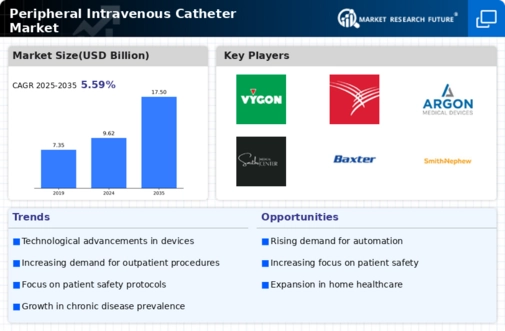
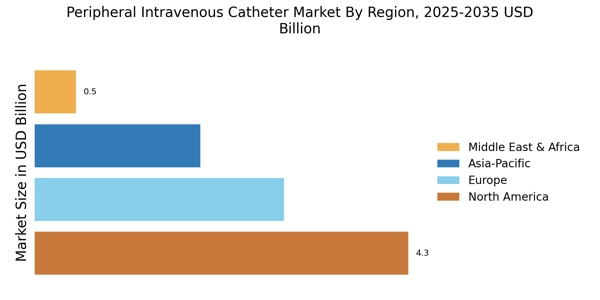
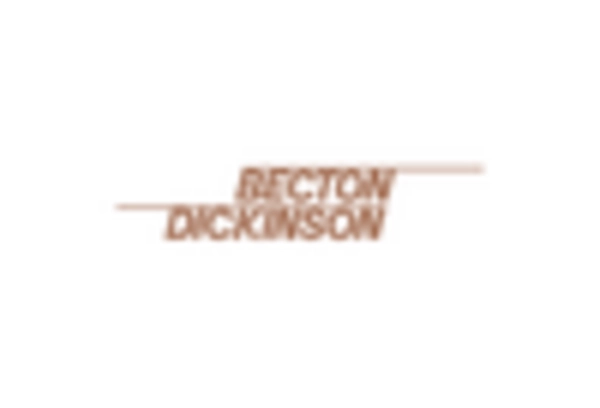
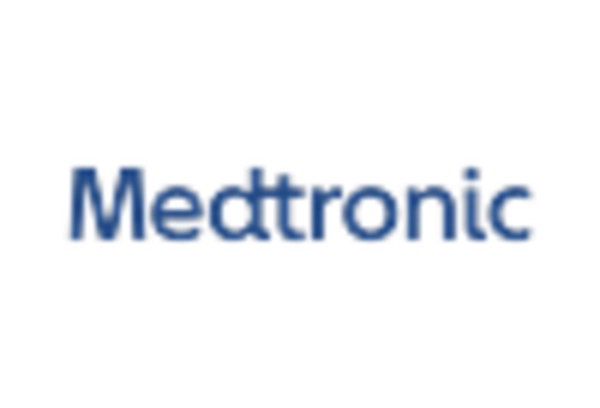



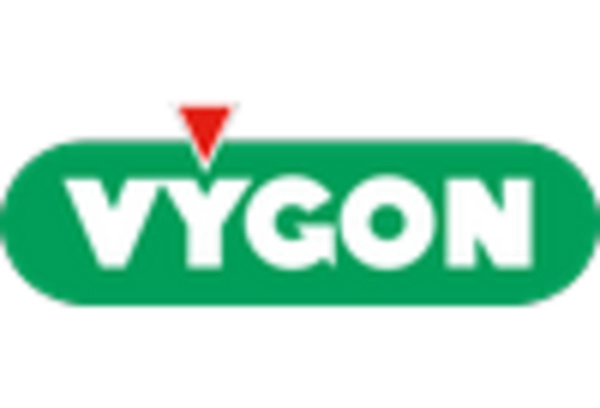








Leave a Comment